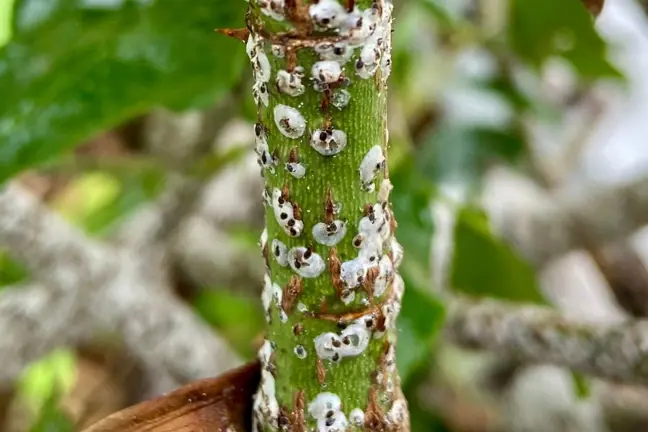For both bare-rooted and potted Roses, dig a hole around 30 cm wide and deep. Mix some Yates Dynamic Lifter Soil Improver & Plant Fertiliser into the soil dug from the hole. The rich organic matter helps improve the structure and quality of the soil and provide the Rose with gentle slow-release organic nutrients as it establishes.
For bare-rooted Roses, create a pyramid-shaped mound of soil in the bottom of the planting hole. Place the Rose in the hole with its roots sitting on and around the mound of soil. Ensure that the graft union (bump on the stem) will be sitting around 5 cm above the final ground level. Gently backfill around the roots with the Dynamic-Lifter-enriched soil and then water in well to settle the soil around the roots.
For potted Roses, gently remove the plant from the pot. Place into the hole, ensuring that the level of soil around the plant is at the same level as the existing potting mix. Backfill around the root ball with the Dynamic-Lifter-enriched soil and then water in well to settle the soil around the roots.
For standard roses (roses that are grafted onto a tall stem and look similar to a lollipop), a stake may be required to support the plant, particularly in areas with strong winds.











